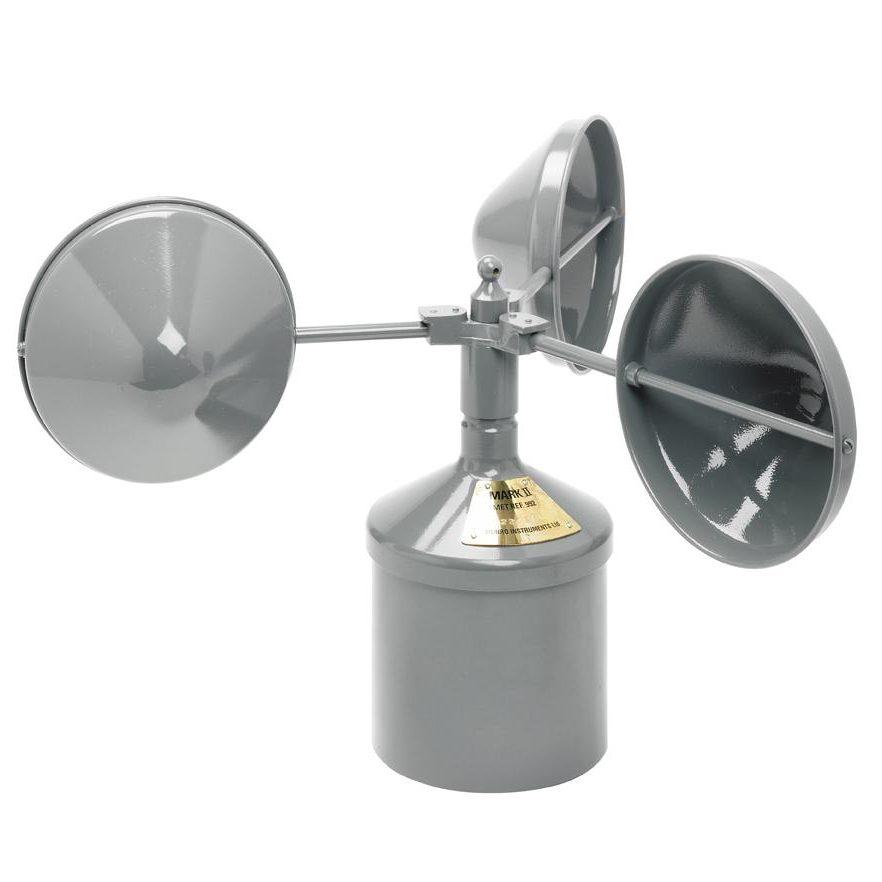Exploring the Functions and Benefits of Anemometers for Weather Fanatics and Specialists
Anemometers stand as instrumental tools in the world of weather tracking, providing to both lovers and skilled specialists alike. These devices offer a window right into the dynamic globe of wind patterns and speeds, providing invaluable information for meteorological evaluation and forecasting. From cup anemometers to sonic anemometers, each type brings its distinct collection of benefits and applications, shedding light on various elements of weather. As we explore the features and advantages of anemometers, a much deeper understanding arises not only of prevailing climate phenomena but additionally of the more comprehensive ramifications for sectors like wind energy manufacturing and ecological research.
Significance of Anemometers in Climate Tracking
Anemometers play a critical role in weather monitoring by supplying exact dimensions of wind speed, aiding in forecasting and understanding climate patterns. These tools, varying from typical mug anemometers to modern-day ultrasonic anemometers, are important for meteorologists, scientists, and weather lovers alike.

Sorts Of Anemometers and Their Applications
The most usual kinds of anemometers include mug anemometers, vane anemometers, hot-wire anemometers, and ultrasonic anemometers. Cup anemometers are composed of three or 4 cups installed on straight arms that turn with the wind, gauging its speed. Vane anemometers, on the various other hand, make use of a freely rotating vane to line up with the wind direction, providing both wind rate and instructions measurements.
Mug anemometers are suitable and durable for basic weather monitoring, while vane anemometers are favored for directional measurements. Ultrasonic anemometers are non-intrusive and use high precision, frequently utilized in study and specialized weather monitoring applications.
Advantages of Utilizing Anemometers in Projecting
In weather forecasting, the use of anemometers uses very useful benefits for improving the precision of weather condition forecasting. Anemometers measure wind rate and direction, offering important data for anticipating weather condition patterns. By including wind data into projecting designs, meteorologists can much better comprehend the motion of weather systems, expect adjustments in climatic conditions, and problem more specific projections.
Furthermore, anemometers play an important role in examining possible weather condition risks. Keeping track of wind speeds aids forecasters anticipate extreme weather condition events such as storms, twisters, and winter tornados with greater precision. This early caution system enables authorities to release prompt signals and execute essential precaution, reducing the risks to life and property.
Furthermore, anemometers aid in optimizing renewable power production. By assessing wind patterns, meteorologists can identify ideal places for wind farms and predict power output, adding to the reliable generation of wind power.

Anemometers in Wind Power Manufacturing
Provided the essential role anemometers play in click to read offering precise wind information for weather condition projecting and threat assessment, their significance reaches the world of wind power production. Anemometers are necessary tools in the area of wind power, where the dimension of wind speed and direction is critical for figuring out the expediency and performance of wind turbine installments. By precisely gauging wind rates at varying heights, anemometers assist maximize the positioning and style of wind generators to make best use of energy output.
In wind farms, anemometers are strategically placed to collect real-time wind information that is made use of to analyze the possible energy manufacturing of a website. This data contributes in figuring out the economic practicality of wind energy tasks and in forecasting energy generation to ensure grid security. In addition, anemometers help in keeping an eye on wind conditions to maximize generator efficiency, avoid damage from high winds, and make certain the safety and security of workers working in the location of wind generators.
Enhancing Weather Condition Understanding With Anemometers

Anemometers play a vital duty in improving our understanding of microclimates. These localized weather condition conditions can vary significantly from broader local projections, making it necessary to have exact data for particular areas. anemometer. By strategically positioning anemometers in numerous places, researchers can go to this site collect thorough information on how wind acts in various terrains, urban settings, or bodies of water
Additionally, anemometers contribute to improving climate forecasting versions by giving real-time data on wind behavior. This details is especially valuable for forecasting serious climate events, optimizing farming methods, and sustaining markets like aviation and maritime navigating. Generally, anemometers are indispensable instruments that enable us to dive deeper right into the complexities of climate systems, ultimately bring visit this site about more exact predictions and better-informed choices.
Verdict
In final thought, anemometers play an important duty in climate monitoring and forecasting by determining wind rate and instructions. Anemometers additionally have applications in wind energy manufacturing, further highlighting their relevance in both weather forecasting and eco-friendly power sectors.
From cup anemometers to sonic anemometers, each type brings its distinct collection of applications and benefits, losing light on various aspects of atmospheric conditions. These instruments, ranging from conventional cup anemometers to contemporary ultrasonic anemometers, are necessary for meteorologists, scientists, and weather condition fanatics alike. The most usual kinds of anemometers consist of mug anemometers, vane anemometers, hot-wire anemometers, and ultrasonic anemometers. Cup anemometers are durable and appropriate for basic climate surveillance, while vane anemometers are preferred for directional dimensions. Anemometers are necessary tools in the area of wind power, where the measurement of wind rate and instructions is crucial for identifying the feasibility and performance of wind turbine setups.